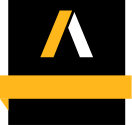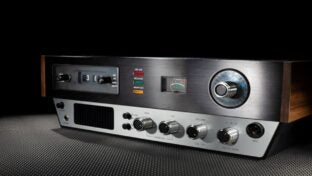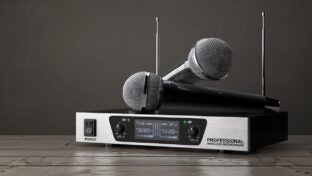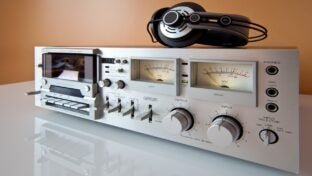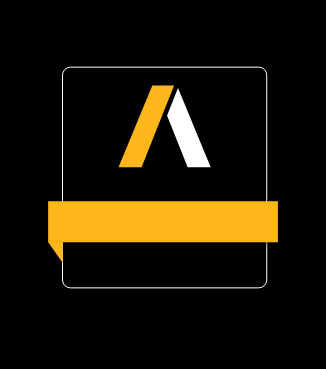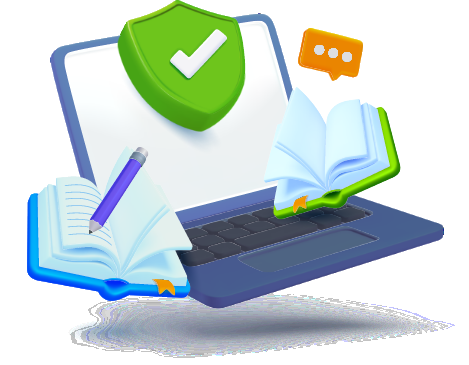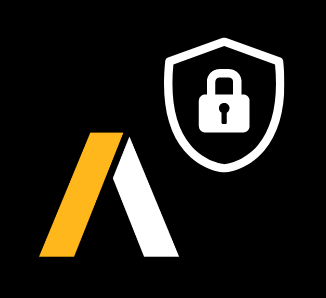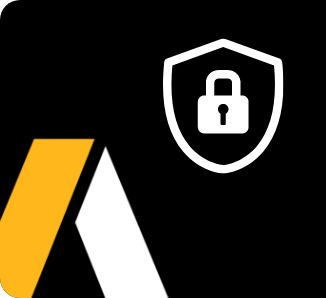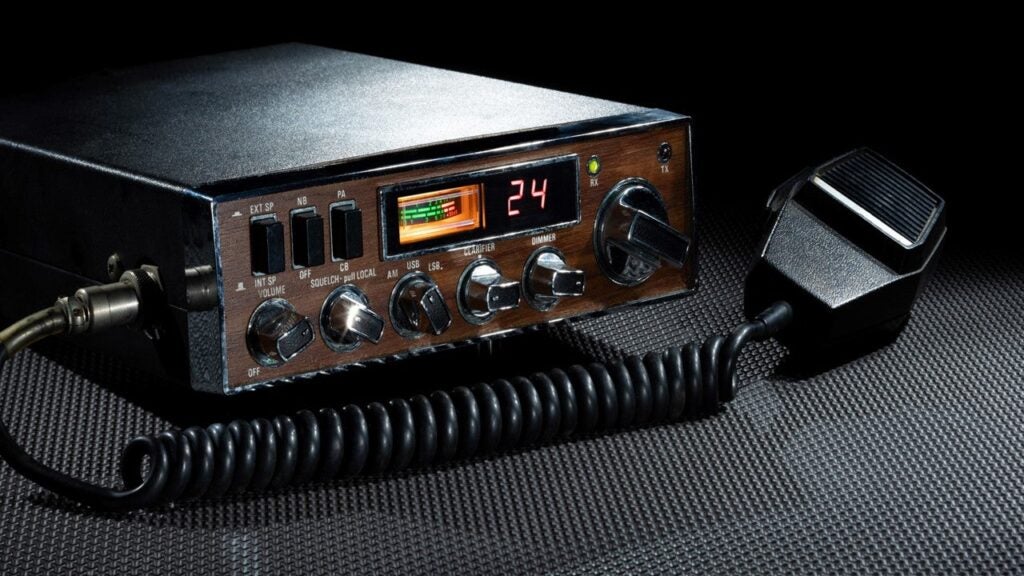
![]()
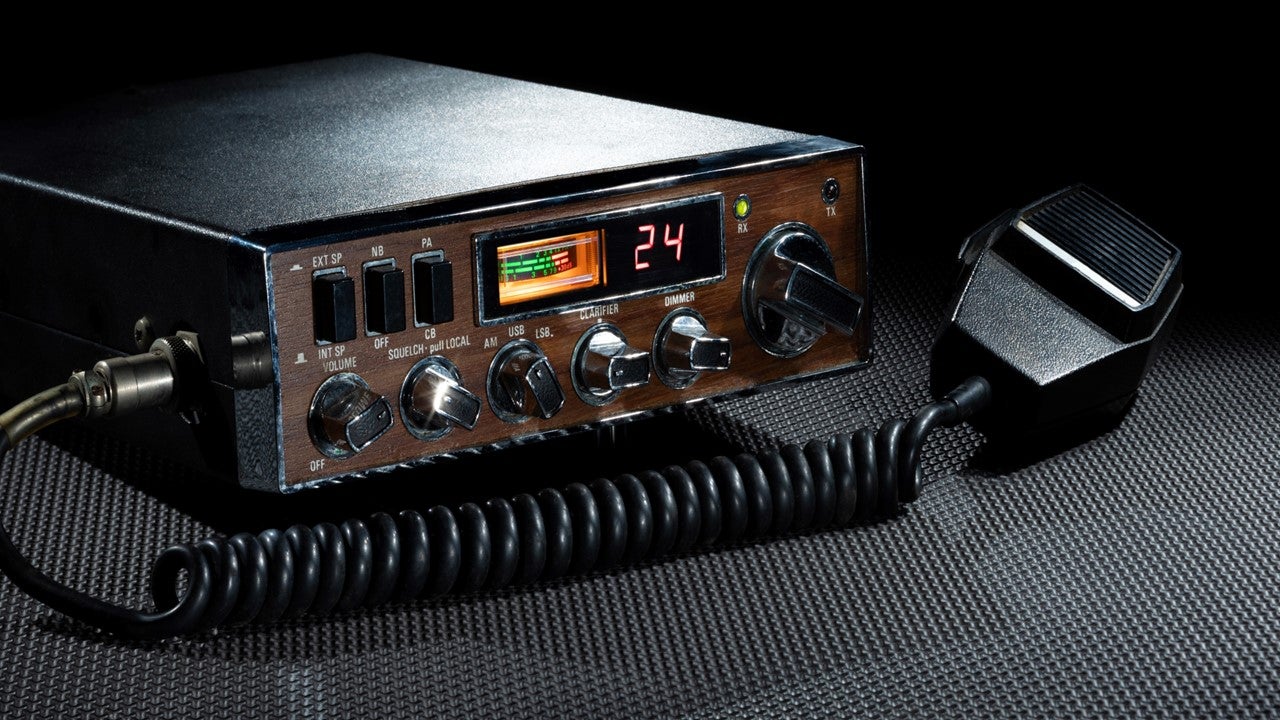 This course covers the comprehensive understanding of Software Defined Radios (SDRs), their components, and various architectures. It starts with the fundamental concepts of SDRs, their history, requirements, and how they differ from conventional radios. The course then moves on to the components of SDRs, explaining the interaction between RF transmitter and receiver, the conversion of digital information into analog, and the role of antennas in transmitting signals. The course further delves into the limitations of analog components and the challenges faced in achieving a purely digital RF front end. The course also provides a detailed explanation of Superheterodyne and Homodyne architectures, their advantages, and how to choose the right architecture based on specific requirements. The course concludes with the requirements and limitations of sampling directly at the RF frequency, the impact of bandwidth on the performance of DAC and ADC, and the benefits of over-sampling and under-sampling architectures.
This course covers the comprehensive understanding of Software Defined Radios (SDRs), their components, and various architectures. It starts with the fundamental concepts of SDRs, their history, requirements, and how they differ from conventional radios. The course then moves on to the components of SDRs, explaining the interaction between RF transmitter and receiver, the conversion of digital information into analog, and the role of antennas in transmitting signals. The course further delves into the limitations of analog components and the challenges faced in achieving a purely digital RF front end. The course also provides a detailed explanation of Superheterodyne and Homodyne architectures, their advantages, and how to choose the right architecture based on specific requirements. The course concludes with the requirements and limitations of sampling directly at the RF frequency, the impact of bandwidth on the performance of DAC and ADC, and the benefits of over-sampling and under-sampling architectures.
-
Cost: FREE
- Course Duration: 2-4 HOURS
- Skill Level: Beginner
- Skills Gained: Software Defined Radios, analog components and the challenges, Superheterodyne and Homodyne architectures
No reviews available for this learning resource.
